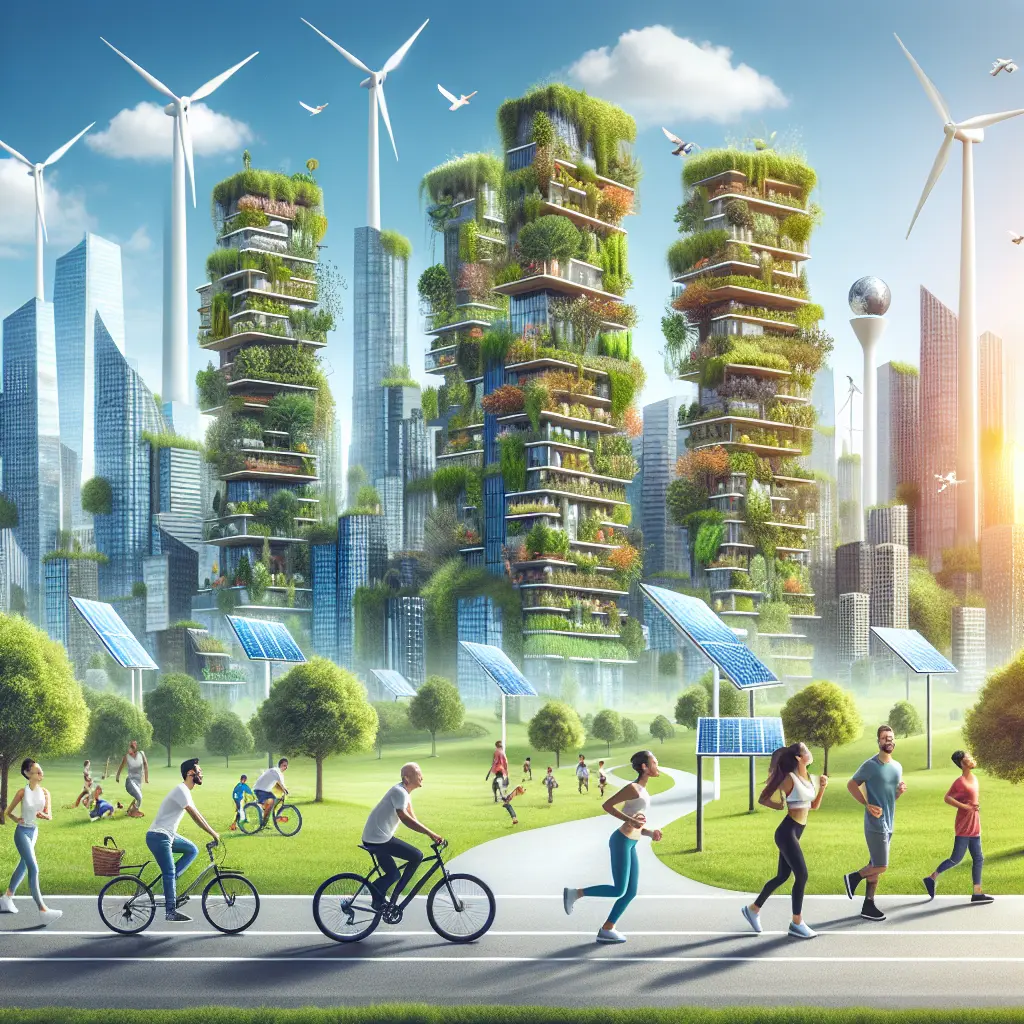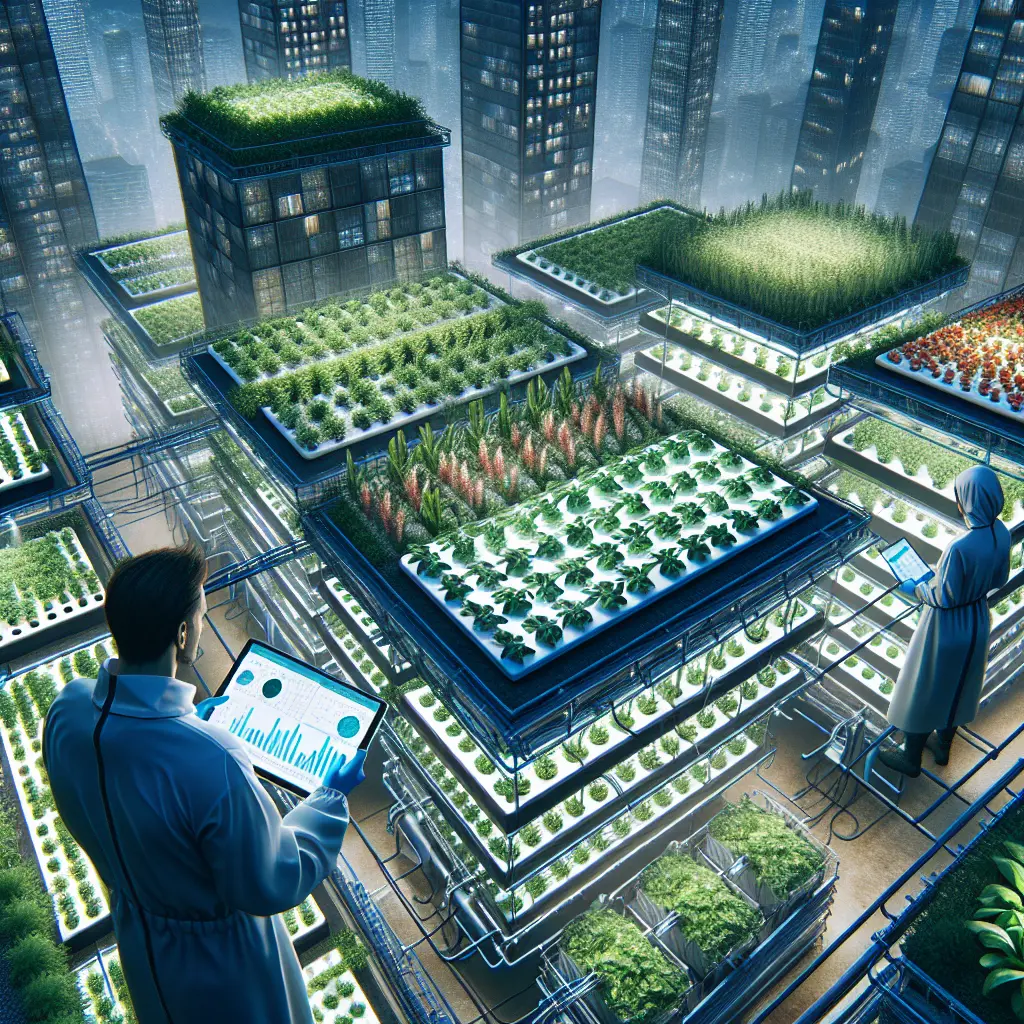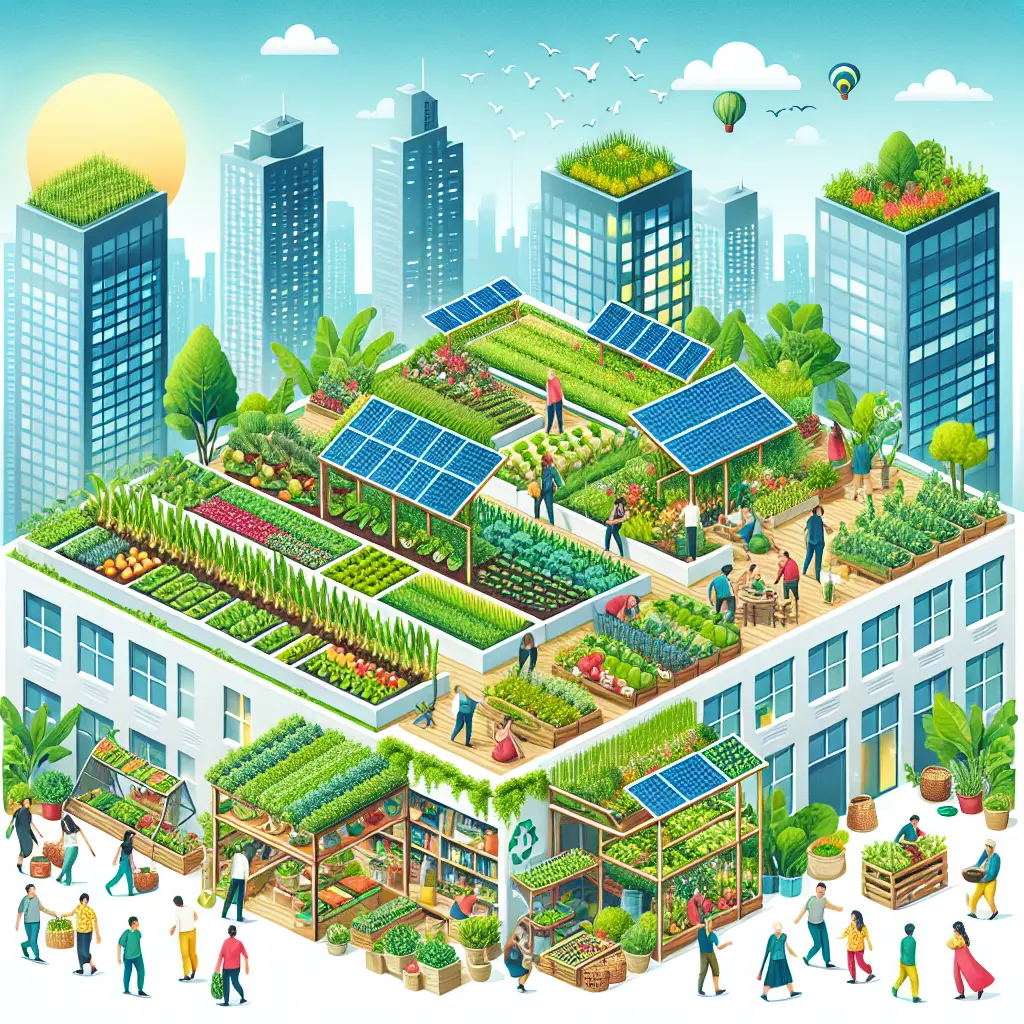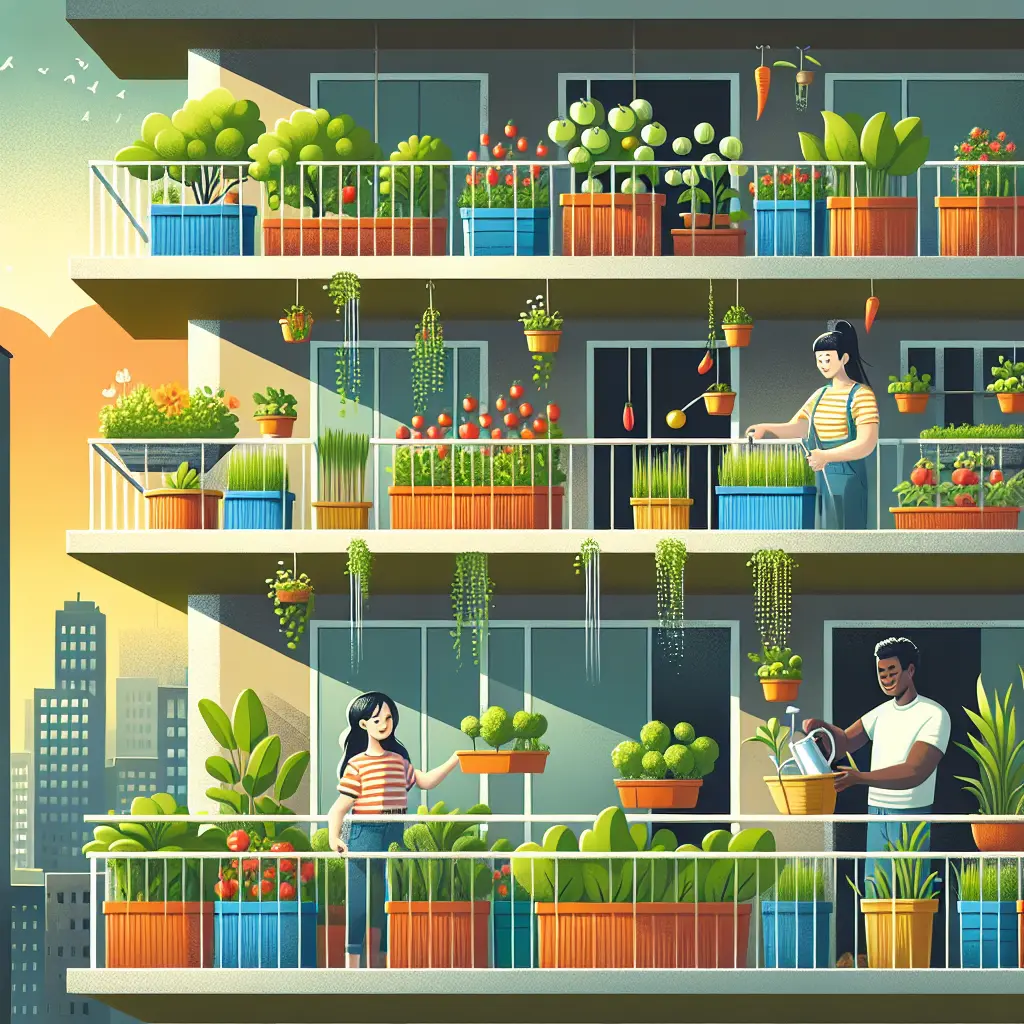In the ever-evolving landscape of urban environments, vertical farming innovations are paving the way for a transformative approach to sustainable agriculture. As cities grapple with increasing populations and diminishing green spaces, urban farming emerges as a beacon of hope, offering sustainable urban development through practices like indoor farming and vertical gardens. These marvels of green architecture are not just reshaping skylines but also redefining how we think about urban horticulture.
Vertical farming innovations are rapidly transforming urban environments, presenting a sustainable and efficient solution for urban food production. As cities expand and green spaces dwindle, vertical farming emerges as a crucial player in sustainable urban development. This section delves into the recent advancements in vertical farming and explores their implications for urban agriculture technology, eco-friendly farming, and the future of farming in metropolitan areas.
Vertical farming innovations represent a shift towards sustainable agriculture in urban environments. By utilizing indoor farming techniques such as hydroponics and aquaponics, vertical gardens maximize space and efficiency. These controlled environment agriculture systems allow for precise management of nutrients and water, reducing the carbon footprint typically associated with traditional farming practices. The integration of these technologies aligns with sustainable urban development goals, making cities more self-reliant and eco-friendly.
A recent project by MODA in Calgary, Alberta, exemplifies the potential of vertical farming in urban settings. By incorporating ramped roof gardens into multifamily housing, this initiative not only enhances urban horticulture but also contributes to the overall aesthetic and environmental health of the city. This example highlights how green architecture can integrate seamlessly into urban landscapes, promoting urban sustainability.
Smart farming solutions are a critical component of vertical farming innovations. These technologies facilitate city farming by enabling real-time monitoring and automation of growing conditions, ensuring optimal plant growth while minimizing resource use. Discussions around the mainstream adoption of vertical farming emphasize the importance of these technologies in making vertical farms economically viable and environmentally beneficial.
The Role of Vertical Farming in Sustainable Agriculture
Moreover, vertical farm design continues to evolve, incorporating cutting-edge technologies that support sustainable agriculture. For instance, utilizing renewable energy sources like solar panels can further reduce the environmental impact of vertical farms. However, balancing technological advancements with community needs remains crucial, as seen in rural communities facing challenges with solar development.
Urban environments often face unique challenges, including soil contamination and air quality issues. Research from the University of Maryland suggests that using organic materials like manure and compost can act as probiotics, potentially reducing antibiotic resistance in urban soils. This approach could complement vertical farming innovations by enhancing soil quality and promoting healthier urban ecosystems.
Furthermore, expanding urban air quality monitoring is essential for identifying areas where vertical farming can improve environmental conditions. By integrating these insights into urban planning, cities can better harness the benefits of controlled environment agriculture to address pressing health concerns.
The trajectory of vertical farming innovations indicates a promising future for urban food production. As more cities adopt these practices, the potential for creating self-sustaining ecosystems grows. However, for vertical farming to become mainstream, continued research and investment are necessary to overcome current limitations and enhance scalability.
The Future of Vertical Farming in Urban Areas
Engaging with the community is also vital. Initiatives like backyard and urban farming movements have gained popularity, demonstrating a grassroots approach to sustainable agriculture. By empowering individuals and communities to participate in urban farming, cities can foster a culture of sustainability and resilience.
Vertical farming stands at the forefront of transforming urban environments into sustainable, food-producing ecosystems. By maximizing space and resources through innovative techniques like hydroponics and aquaponics, vertical farms significantly reduce the environmental impact of traditional agriculture. Projects such as MODA's rooftop gardens in Calgary highlight the seamless integration of these technologies into urban landscapes, enhancing both city aesthetics and environmental health.
Technological advancements, including smart farming solutions and renewable energy applications, are driving the economic viability and ecological benefits of vertical farms. However, challenges remain, such as balancing technological growth with community needs. Addressing urban issues like soil contamination and air quality through complementary innovations can further bolster the positive impact of vertical farming.
As cities embrace these practices, the potential for creating self-sustaining urban ecosystems grows. Yet, for vertical farming to truly become mainstream, ongoing research, investment, and community engagement are essential. The burgeoning backyard and urban farming movements exemplify grassroots efforts that contribute to a culture of sustainability and resilience.
The promise of vertical farming lies not only in its ability to feed urban populations but also in its capacity to redefine how cities engage with food production. This green revolution invites us all to consider how we can contribute to a sustainable future—whether through supporting local initiatives or advocating for policy changes that promote urban agriculture.








Leave a Comment